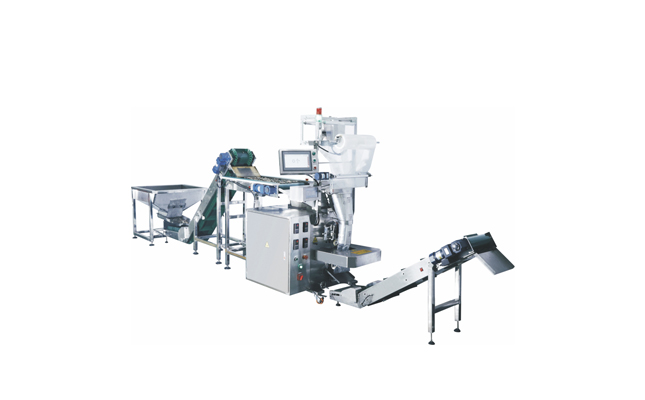
Date | 2023-05-08 06:35:50
Machinery packaging plays a vital role in the protection, transportation, and storage of heavy machinery. The packaging process involves ensuring that the machinery is adequately protected from external factors that could cause damage. In this article, we will discuss the different aspects of machinery packaging.
One of the most critical aspects of machinery packaging is selecting the right packaging material. The packaging material must be sturdy and durable enough to withstand the weight and size of the machinery. The packaging material must also be able to protect the machinery from environmental factors such as moisture, heat, and dust. Common packaging materials used for machinery include wooden crates, corrugated boxes, and steel containers.
The packaging process must also ensure that the machinery is adequately secured. This involves using straps and bolts to prevent the machinery from moving during transportation. The packaging must also include shock-absorbing materials such as foam padding and bubble wrap to protect the machinery from any impact during transit.
Another aspect of machinery packaging is labeling. The packaging must be labeled with the necessary information, such as the contents of the package, handling instructions, and any special requirements. The labeling must be clear and visible to ensure that the package is handled correctly during transportation and storage.
Before packaging the machinery, it is crucial to prepare it properly. This involves cleaning the machinery and removing any loose or detachable parts. The machinery must also be drained of any fluids such as oil and fuel to prevent any leaks during transportation. The packaging process must also include adequate ventilation to prevent the buildup of moisture and mold.
In addition to transportation and storage, machinery packaging also plays a critical role in international trade. International trade requires compliance with various regulations and standards, such as those set by the International Standards Organization (ISO) and the International Maritime Organization (IMO). Machinery packaging must comply with these regulations to ensure that the package is not rejected during customs inspections.
In conclusion, machinery packaging is a critical aspect of protecting heavy machinery during transportation and storage. The packaging material must be sturdy and durable enough to withstand the weight and size of the machinery, and the packaging must be labeled with the necessary information. The packaging process must also include adequate preparation of the machinery, such as cleaning and draining fluids, and compliance with international trade regulations. With proper machinery packaging, businesses can ensure that their machinery is safely transported and stored, reducing the risk of damage and increasing the lifespan of the machinery.In addition to the above considerations, it is also essential to choose the right packaging supplier. The packaging supplier should have experience in handling heavy machinery and should be able to provide custom packaging solutions tailored to the specific needs of the machinery.
Working with an experienced packaging supplier can help businesses save time and money by providing efficient and effective packaging solutions. A good supplier can also provide guidance on the best packaging practices and ensure compliance with international regulations.
Furthermore, businesses must also consider the environmental impact of their packaging solutions. Sustainable packaging options such as reusable and recyclable materials should be considered whenever possible. Not only do sustainable packaging solutions help reduce waste and protect the environment, but they can also help businesses save costs in the long run.
It is also essential to consider the potential risks and challenges associated with machinery packaging. Some common risks include damage during transportation, theft, and mishandling. Businesses must work with their packaging supplier to identify and mitigate these risks by implementing appropriate measures such as insurance, tracking systems, and security features.
In conclusion, machinery packaging is a crucial aspect of protecting heavy machinery during transportation and storage. Choosing the right packaging material, supplier, and labeling can help ensure that the machinery is adequately protected and compliant with international regulations. It is also essential to consider the environmental impact of packaging solutions and the potential risks and challenges associated with machinery packaging. With proper machinery packaging, businesses can reduce the risk of damage and increase the lifespan of their machinery.
